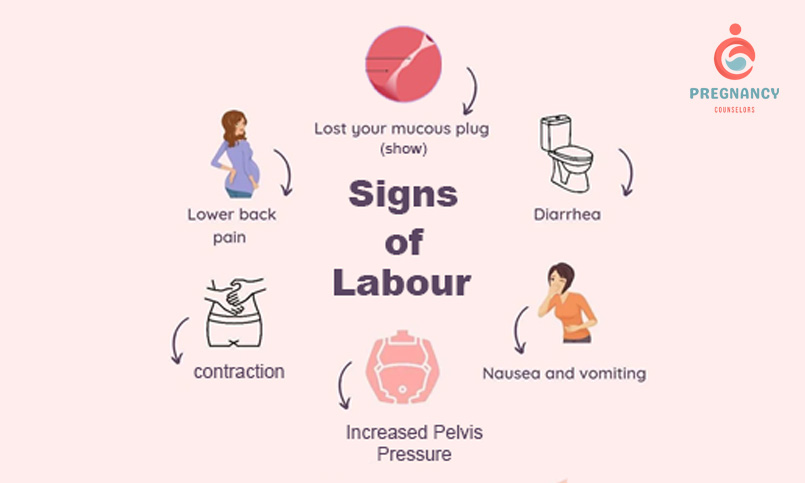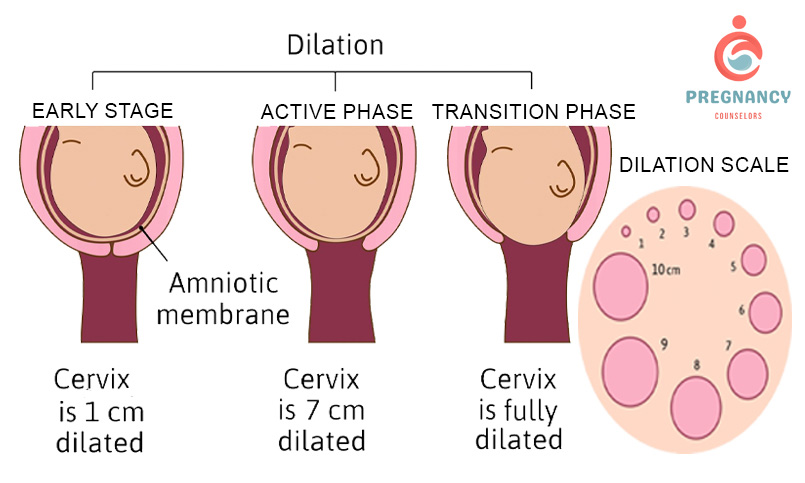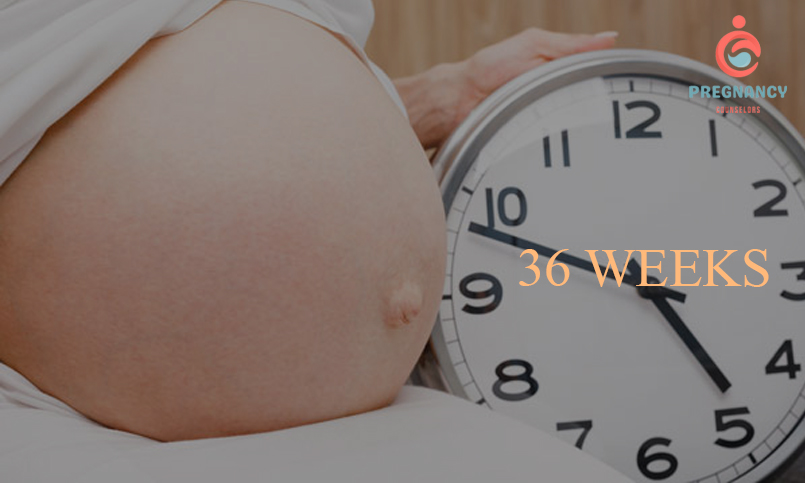Signs of Labor, Giving birth to a life is a mixed feeling and the most difficult phase for a woman. Labor or childbirth is a process when a baby leaves the uterus. It can be done in two ways; vaginal or cesarean. Vaginal birth is natural whereas cesarean birth is the surgical way to deliver the baby.
Whereas the true meaning of laboring is introducing the world to a new life while experiencing the beautiful phase of pregnancy.
If you are a new mom, or giving birth for the first time, you might feel more concerned during the last week of your pregnancy, and every sign or slight pain might feel like labor. Although not every contraction is a sign of labor. As for most of women, the labor begins with contractions which increase at regular intervals of time and are progressive. At an early stage of labor, the contractions feel like menstrual pain that are frequent and can occur for 15 minutes or less.
Several women get confused with false signs of labor during their pregnancy phase. Here are some of the major signs of labor and their care procedure:
- Contractions: this is one of the most common signs of labor. Relaxing and tightening of uterine muscles to prepare the body for childbirth. These contractions are consistent and become progressively stronger. Women also feel the pain in their lower abdomen, back and pressure on their pelvic area. Now, how to determine the false contraction? The false contractions are different from the true sign of labor. For example,
The false contractions or Braxton Hicks contractions are not in a consistent pattern and the pain eases with the time. They are more like an uncomfortable pain in the stomach or lower back.
If you experience contractions, here are the precautions or health care advice that need to be followed before deciding to visit the hospital.
- Stay relaxed and rest while having contractions. Can try breathing and relaxing exercises to ease the pain. But if the contraction stays for a longer duration consult the doctor.
- Drink more fluids to keep the body hydrated and energetic.
- Have a light body massage to relieve pain.
- Stay on recommended medications before jumping to the conclusion or leaving for the office.

- Water break: this sign of labor is experienced by some of the women as one of the signs of labor. The water break is a rupture of the amniotic membrane due to which the amniotic fluid leaked out and it is suggested that one should immediately visit the healthcare facility after the water break whether they feel contraction or not because after the water break there are higher chances of infection to the baby. Women often confuse water break and vaginal discharge or urine although they are very different from each. A water break cannot be controlled and is a gushing of water that is sufficient to wet a cloth. Amniotic fluids are clear, sometimes light pale and odorless.
Women generally feel an urge to go to the toilet because the baby’s head is pushing or pressuring the bowel.
- Show: a show is when the mucus comes away from the cervix. It is the indication of the starting of labor. It can be jelly like brownish, bloody, or pinkish in color because it contains blood and can be in pieces.
- Nesting: When labor starts, women feel more energized and focused on preparing the home for the baby.
- Relaxation in breathing: it is another sign of labor when the woman feels lighter during breathing. It happens when the baby settles lower in the pelvic.
Some other signs of labor that are examined during the healthcare visit.
- Effacement: the thinning and softening of the cervix. This signs of labor is examined during the healthcare visit by the healthcare provider in the last month of the pregnancy. The doctor will check the effacement in the last two months of pregnancy and evaluate the percentage to make sure the perfect time for the delivery of the baby.
- Dilation: Opening of the cervix for childbirth. This signs of labor is also examined by the healthcare provider. Dilation is measured in centimeters. To give birth the full dilation is required to be 10 centimeters in size. Dilation is specified as an early stage where the cervix dilates up to 3 cm; then active phase, at this stage the cervix dilates up to 7 cm and finally the transition phase in which the cervix gets fully dilated to 10 cm.

There are many other common and doubtful signs of labor that can create a poor prediction.
- Headache: the headache pre labor can be because of dilation, change in hormonal and blood level. This signs of labor is a poor predictor because headache can be caused by several other things.
- Nausea: Nausea can be a signs of labor which happens due to increase in hormones.
- Diarrhea: Diarrhea before labor is also common. The body releases compounds called prostaglandins that promote cervical progression that help to begin labor, and these compounds can cause loose stool.
- Vomiting: vomiting during labor is the most common sign. Even in the beginning phase of pregnancy.
FAQS
What are signs labor is near?
Some of the important signs of labor that indicate the arrival of labor are Contractions, loss of mucus plug from the cervix, heavy vaginal discharge, pressure in pelvic area and more.
How do labor pains start?
The labor pain or the sign of labor begins with periodic contractions that grow stronger at specific intervals. The contraction can stay up to 2 hours or longer.
What are the first labor symptoms?
Contractions, nausea, diarrhea, vomiting or lower back pain are some of the first labor symptoms.
How do I know when my delivery is near?
When the contraction feels stronger and stays for a longer duration, regular or heavy vaginal discharge and you feel either energetic or restless. Then, it’s time to get ready for childbirth.

